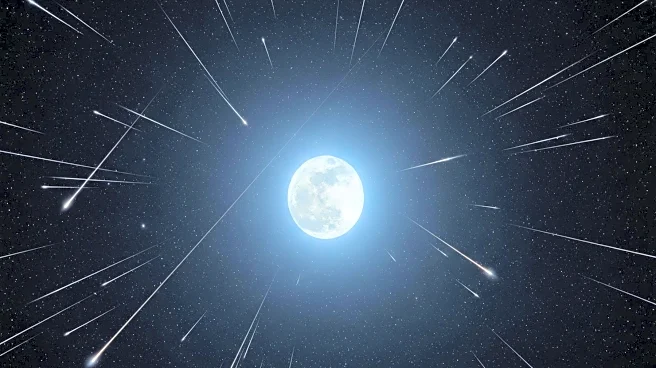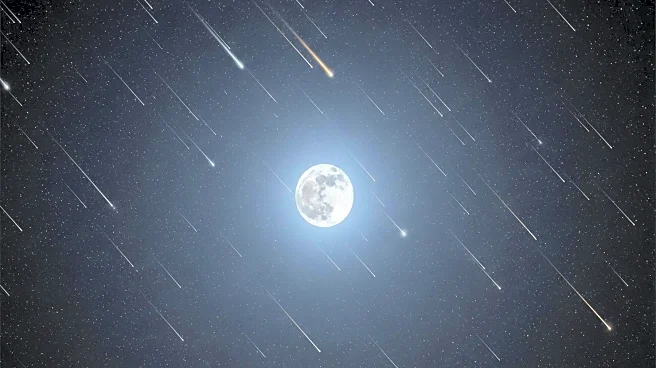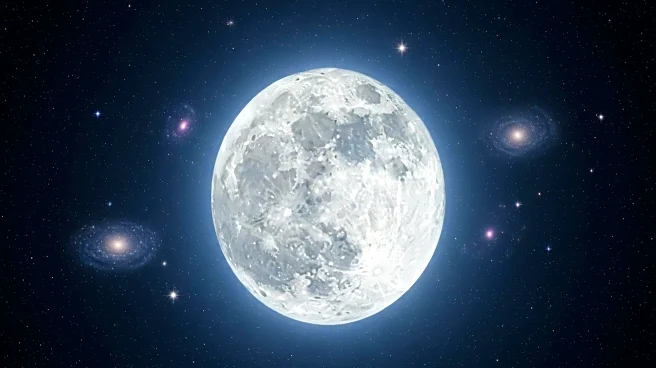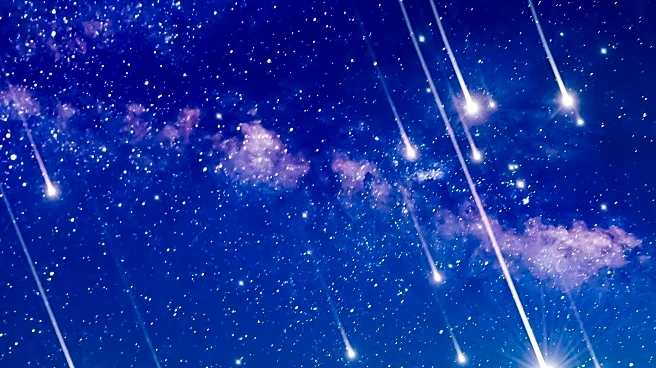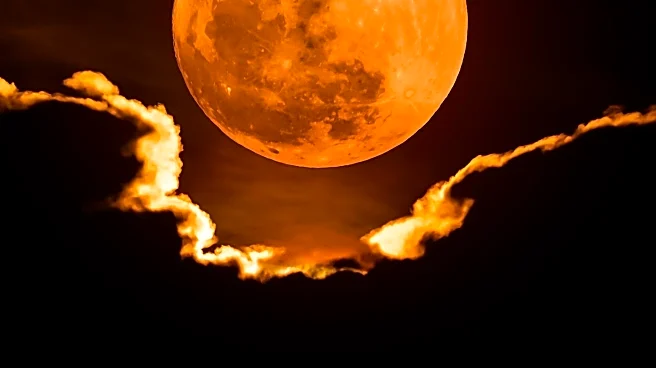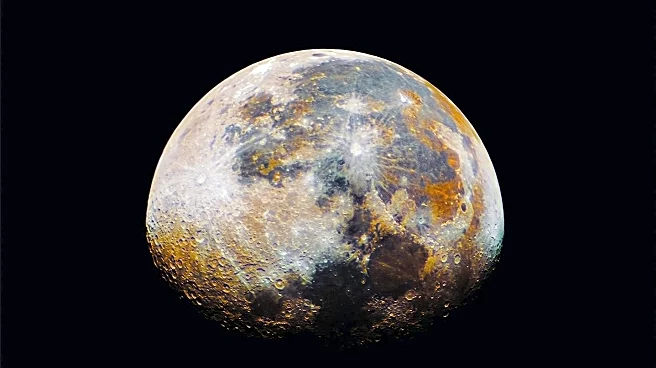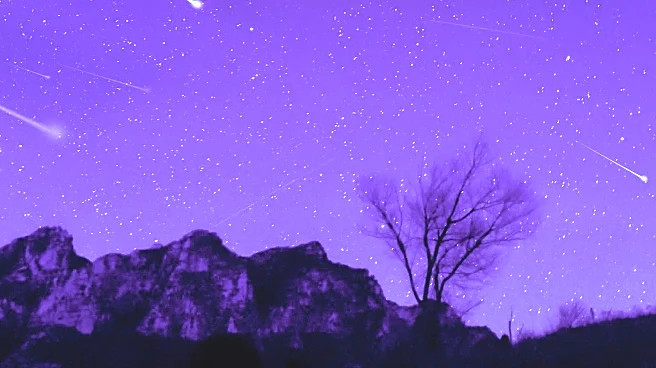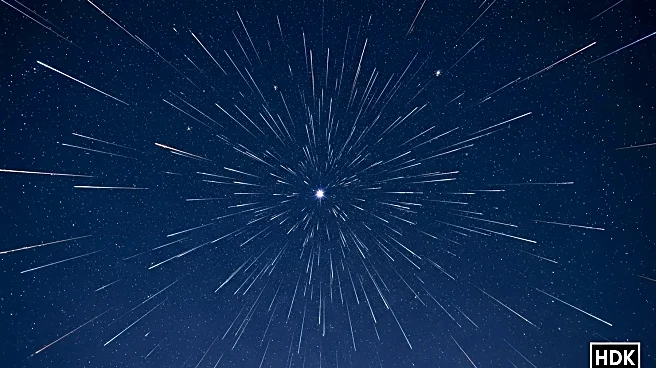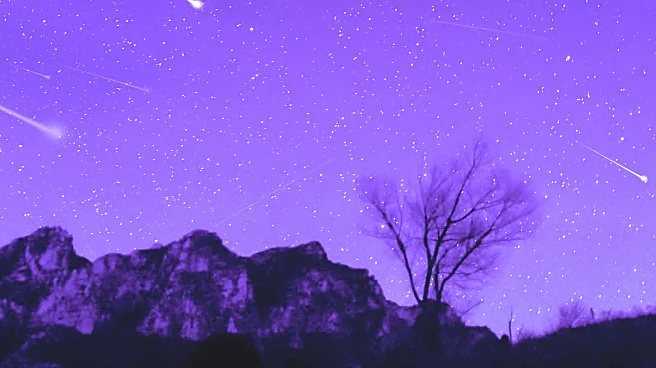What's Happening?
In October, Tennessee skies will be illuminated by four meteor showers: the Draconids, Orionids, Southern Taurids, and Northern Taurids. The Draconids, originating from debris trailing the comet 21P/Giacobini-Zinner, began on October 6 and will last until October 10, peaking on October 8. The Orionids, known for their spectacular display, started on October 2 and will continue until November 12, with a peak expected on October 22-23. The Southern Taurids, active since September 10, will peak on November 3-4, while the Northern Taurids will peak on November 8-9. These meteor showers offer a month-long celestial event, although viewing may be affected by the recent Harvest Moon, which peaked on October 6.
Why It's Important?
The meteor showers present a unique opportunity for stargazers and astronomy enthusiasts in Tennessee to witness a natural spectacle. The Orionids, in particular, are recognized as one of the year's most beautiful meteor showers, providing a chance to observe glowing trails and fireballs. However, the brightness of the Harvest Moon may pose challenges for viewing, emphasizing the need for clear skies and dark areas. This event highlights the importance of celestial phenomena in engaging the public with science and astronomy, potentially inspiring interest in space exploration and scientific research.
What's Next?
As the meteor showers continue throughout October and into November, enthusiasts are encouraged to find optimal viewing conditions away from city lights. The peak periods for each shower offer the best chance to observe the meteors, with the Orionids expected to be particularly impressive. NASA and other astronomical organizations may provide further guidance and tips for viewing, enhancing public engagement with these celestial events. The ongoing showers may also lead to increased interest in astronomy-related activities and events in the region.
Beyond the Headlines
The meteor showers not only offer a visual spectacle but also serve as a reminder of the vastness and complexity of the universe. They provide an opportunity to reflect on the scientific processes behind such phenomena, including the study of comet debris and its interaction with Earth's atmosphere. This event underscores the cultural and educational value of astronomy, encouraging communities to explore the night sky and appreciate the natural world.

